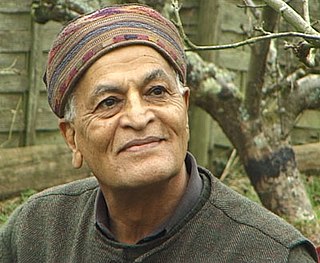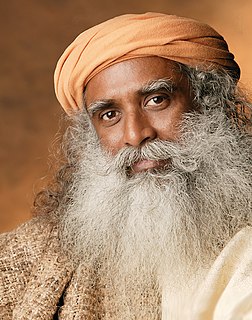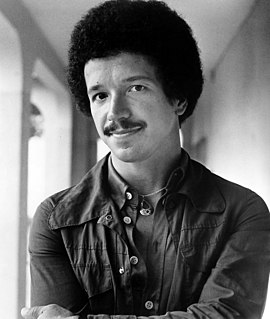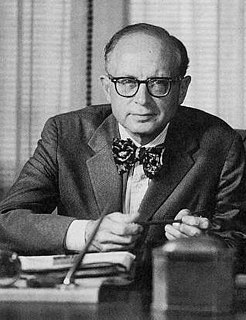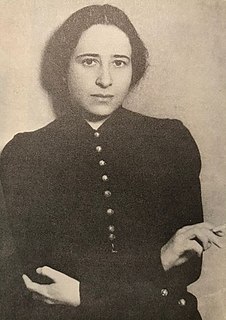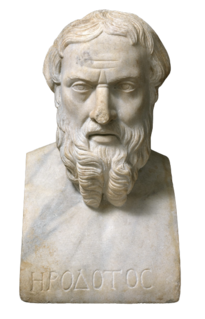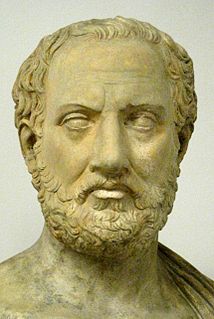A Quote by Jill Lepore
Old reference books are like tree rings. Without them, there'd be no way to know what a tree had lived through.
Related Quotes
Do you know that even when you look at a tree and say, `That is an oak tree', or `that is a banyan tree', the naming of the tree, which is botanical knowledge, has so conditioned your mind that the word comes between you and actually seeing the tree? To come in contact with the tree you have to put your hand on it and the word will not help you to touch it.
Sometimes I come across a tree which seems like Buddha or Jesus: loving, compassionate, still, unambitious, enlightened, in eternal meditation, giving pleasure to a pilgrim, shade to a cow, berries to a bird, beauty to its surroundings, health to its neighbors, branches for the fire, leaves for the soil, asking nothing in return, in total harmony with the wind and the rain. How much can I learn from a tree? The tree is my church, the tree is my temple, the tree is my mantra, the tree is my poem and my prayer.
The value of the things is not in themselves autonomously, but that God made them, and thus they deserve to be treated with high respect. The tree in the field is to be treated with respect. It is not to be romanticized as the old lady romanticizes her cat (that is, she reads human reactions into it). This is wrong because it is not true. When you drive the axe into the tree when you need firewood, you are not cutting down a person; you are cutting down a tree. But while we should not romanticize the tree, we must realize God made it and it deserves respect because He made is as a tree.
The body is a sensing instrument of consciousness. Without the body and mind,
the trees could not see themselves. Usually we think that we are looking at a tree, but the tree is looking at itself through us. Without this instrument, the tree does not get to see itself. We are sensing instruments of the Divine.




